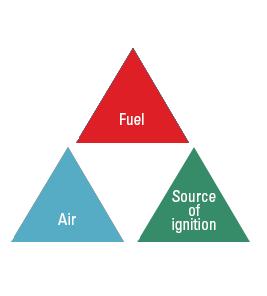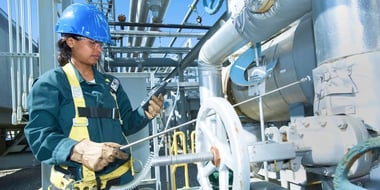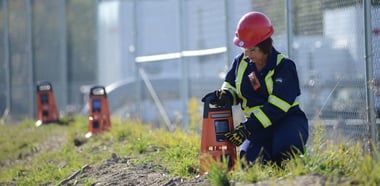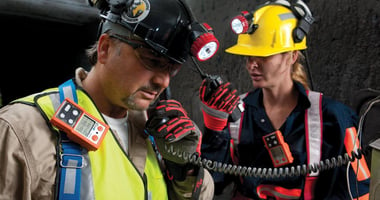Intrinsic safety is a design technique applied to electrical equipment and wiring for hazardous locations. The technique is based on limiting energy, electrical and thermal, to a level below that required to ignite a specific hazardous atmospheric mixture.
How is intrinsic safety defined?
Intrinsically safe equipment and wiring shall not be capable of releasing sufficient electrical or thermal energy under normal or abnormal conditions to cause ignition of a flammable or combustible atmospheric mixture in its most easily ignitable concentration.
 /div>
/div>
Who verifies intrinsic safety?
Equipment is tested and certified for intrinsic safety by independent third party agencies, such as Underwriters Laboratories (UL), Canadian Standards Association (CSA), Factory Mutual Research Corporation (FM) and the Mine Safety and Health Administration (MSHA). Independent testing ensures that your gas monitoring equipment is not only designed to be intrinsically safe, but meets all required standards for intrinsic safety.
Ref: R. Stahlís Intrinsic Safety Primer ©1988
National Electrical Code Article 504-2
Definition of a Intrinsically Safe Circuit © 1996
A circuit in which any spark or thermal effect is incapable of causing ignition of a flammable or combustible material in air under prescribed test conditions.



